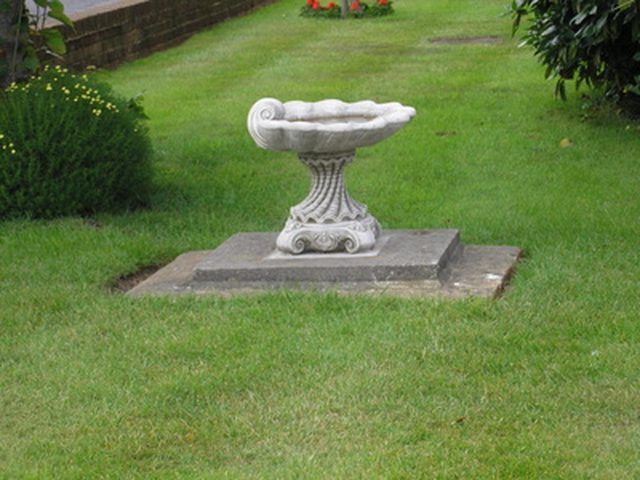Bulbs
Flower Basics
Flower Beds & Specialty Gardens
Flower Garden
Garden Furniture
Garden Gnomes
Garden Seeds
Garden Sheds
Garden Statues
Garden Tools & Supplies
Gardening Basics
Green & Organic
Groundcovers & Vines
Growing Annuals
Growing Basil
Growing Beans
Growing Berries
Growing Blueberries
Growing Cactus
Growing Corn
Growing Cotton
Growing Edibles
Growing Flowers
Growing Garlic
Growing Grapes
Growing Grass
Growing Herbs
Growing Jasmine
Growing Mint
Growing Mushrooms
Orchids
Growing Peanuts
Growing Perennials
Growing Plants
Growing Rosemary
Growing Roses
Growing Strawberries
Growing Sunflowers
Growing Thyme
Growing Tomatoes
Growing Tulips
Growing Vegetables
Herb Basics
Herb Garden
Indoor Growing
Landscaping Basics
Landscaping Patios
Landscaping Plants
Landscaping Shrubs
Landscaping Trees
Landscaping Walks & Pathways
Lawn Basics
Lawn Maintenance
Lawn Mowers
Lawn Ornaments
Lawn Planting
Lawn Tools
Outdoor Growing
Overall Landscape Planning
Pests, Weeds & Problems
Plant Basics
Rock Garden
Rose Garden
Shrubs
Soil
Specialty Gardens
Trees
Vegetable Garden
Yard Maintenance
Natural Method to Rid the Lawn of Grubs
Natural Method to Rid the Lawn of Grubs. Lawn grubs are beetle larvae that live in the soil under your grass. They are fleshy, crescent-shaped creatures that eat grass roots, resulting in large areas of dead lawn. Not only do the grubs themselves damage your lawn, leaving large brown spots no matter how diligently you water your grass, but they...

Lawn grubs are beetle larvae that live in the soil under your grass. They are fleshy, crescent-shaped creatures that eat grass roots, resulting in large areas of dead lawn. Not only do the grubs themselves damage your lawn, leaving large brown spots no matter how diligently you water your grass, but they attract skunks, moles and raccoons and an assortment of other unwanted garden pests who wreak havoc on your yard trying to get to the grubs.
Things You'll Need
Shovel
Bacillus popilliae preparation
Beneficial nematodes
Lawn mower
Water
Push the edge of a shovel into three sides of a 1-foot square of dying brown grass and lift up the flap of turf. If you feel no resistance, grubs have likely eaten the grass roots. More than five grubs under the 1-foot square indicates a grub infestation serious enough to call for eradication measures, according to the Penn State College of Agricultural Science.
Apply a powdered formulation of the bacteria Bacillus popilliae to your lawn. This bacteria causes milky spore disease in Japanese beetle grubs, which kills these pests. Sprinkle 1 tsp. of the bacteria powder over sections of lawn in a checkered pattern and water it in thoroughly.
Spray beneficial nematodes over your lawn. Nematodes are microscopic worms that kill grubs by feeding on them from the inside. Available at many gardening stores, nematodes are safe for pets, people and the majority of insects.
Mow your grass so that it remains at least 2 inches long. Japanese beetles, the species responsible for much grub damage to lawns, do not like to lay their eggs in long grass.
Water your grass once every three days instead of every day. This watering schedule is less conducive to grubs, which need a constant source of moisture to survive, and makes it less likely that beetle eggs will hatch.
Tips & Warnings
Once applied, Bacillus popilliae can remain in your lawn for 10 to 15 years, so it should be the first natural line of defense against grubs if you suspect that the problem is due to Japanese beetles.